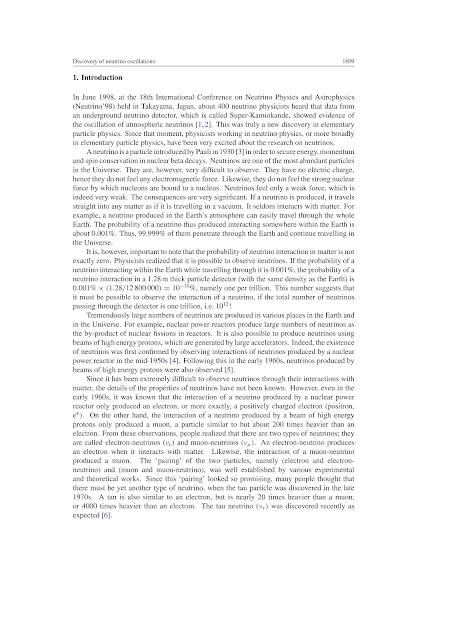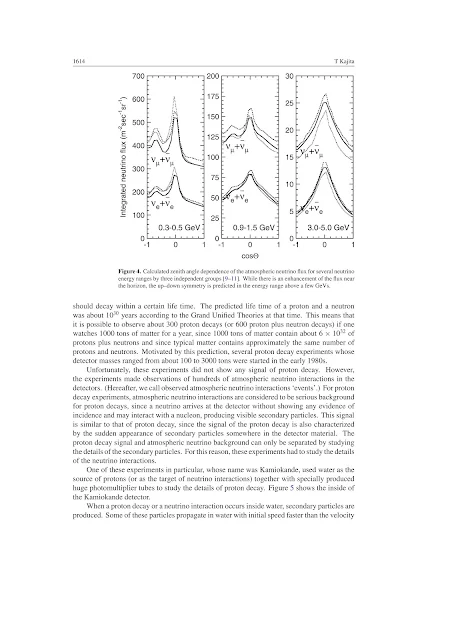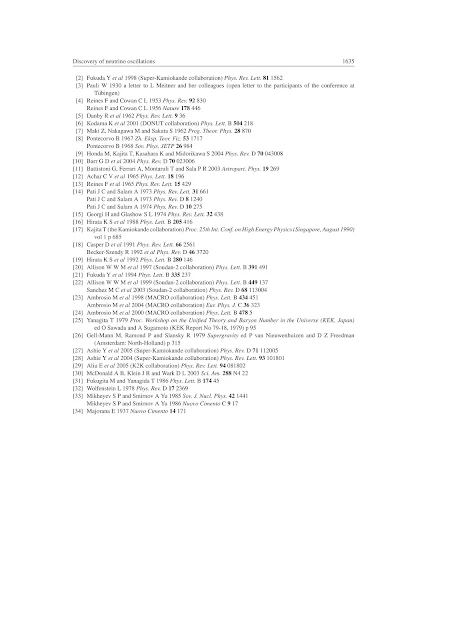Tuesday, 28 June 2016
Thursday, 25 February 2016
Gravitational waves: breakthrough discovery
A gravitational-wave observatory (or gravitational-wave detector) is any device designed to measure gravitational waves, tiny distortions of space-time that were first predicted by Einstein in 1916. The first goal of any gravitational-wave observatory is to directly observe gravitational waves, a straightforward prediction of Albert Einstein's general relativity. Gravitational waves are perturbations in the theoretical curvature of space-time caused by accelerated masses. The existence of gravitational radiation is a specific prediction of general relativity, but is a feature of all theories of gravity that obey special relativity. Since the 1960s, gravitational-wave detectors have been built and constantly improved. The present-day generation of resonant mass antennas and laser interferometers has reached the necessary sensitivity to detect gravitational waves from sources in the Milky Way. Gravitational-wave observatories are the primary tool of gravitational-wave astronomy.
A number of experiments have provided indirect evidence, notably the observation of binary pulsars, the orbits of which evolve precisely matching the predictions of energy loss through general relativistic gravitational-wave emission. The 1993 Nobel Prize in Physics was awarded for this work.
For the first time, scientists have observed ripples in the fabric of space-time called gravitational waves, arriving at the earth from a cataclysmic event in the distant universe. This confirms a major prediction of Albert Einstein’s 1915 general theory of relativity and opens an unprecedented new window onto the cosmos.
Gravitational waves carry information about their dramatic origins and about the nature of gravity that cannot otherwise be obtained. Physicists have concluded that the detected gravitational waves were produced during the final fraction of a second of the merger of two black holes to produce a single, more massive spinning black hole. This collision of two black holes had been predicted but never observed.
The gravitational waves were detected on September 14, 2015 at 5:51 a.m. Eastern Daylight Time (09:51 UTC) by both of the twin Laser Interferometer Gravitational-wave Observatory (LIGO) detectors, located in Livingston, Louisiana, and Hanford, Washington, USA. The discovery, accepted for publication in the journal Physical Review Letters, was made by the LIGO Scientific Collaboration (which includes the GEO Collaboration and the Australian Consortium for Interferometric Gravitational Astronomy) and the Virgo Collaboration using data from the two LIGO detectors.
Based on the observed signals, LIGO scientists estimate that the black holes for this event were about 29 and 36 times the mass of the sun, and the event took place 1.3 billion years ago. About 3 times the mass of the sun was converted into gravitational waves in a fraction of a second—with a peak power output about 50 times that of the whole visible universe. By looking at the time of arrival of the signals—the detector in Livingston recorded the event 7 milliseconds before the detector in Hanford—scientists can say that the source was located in the Southern Hemisphere.
According to general relativity, a pair of black holes orbiting around each other lose energy through the emission of gravitational waves, causing them to gradually approach each other over billions of years, and then much more quickly in the final minutes. During the final fraction of a second, the two black holes collide into each other at nearly one-half the speed of light and form a single more massive black hole, converting a portion of the combined black holes’ mass to energy, according to Einstein’s formula E=mc2 . This energy is emitted as a final strong burst of gravitational waves. It is these gravitational waves that LIGO has observed.
The signal was named GW150914 (i.e., "Gravitational Wave 2015-09-14"). It was also the first observation of a binary black hole merger, demonstrating the existence of binary stellar-mass black hole systems, and that such mergers could occur within the current age of the universe.
*The Laser Interferometer Gravitational-Wave Observatory (LIGO) is a large-scale physics experiment and observatory to detect gravitational waves. LIGO is a joint project between scientists at MIT, Caltech, and many other colleges and universities. Scientists involved in the project and the analysis of the data for gravitational-wave astronomy are organized by the LIGO Scientific Collaboration which includes more than 900 scientists worldwide, as well as 44,000 active Einstein@Home users.
Figure: The Laser Interferometer Gravitational-Wave Observatory (LIGO) in Livingston, Louisiana
*The Virgo interferometer, located near Pisa in Italy, is a giant interferometer designed to detect the gravitational waves that Albert Einstein's general theory of relativity predicts. Virgo is a Michelson interferometer that is isolated from external disturbances: its mirrors and instrumentation are suspended and its laser beam operates in a vacuum. The instrument's two arms are three kilometres long.
* http://journals.aps.org/prl/pdf/10.1103/PhysRevLett.116.061102
Friday, 12 February 2016
Thursday, 11 February 2016
Saturday, 6 February 2016
Friday, 1 January 2016
Subscribe to:
Comments (Atom)









































